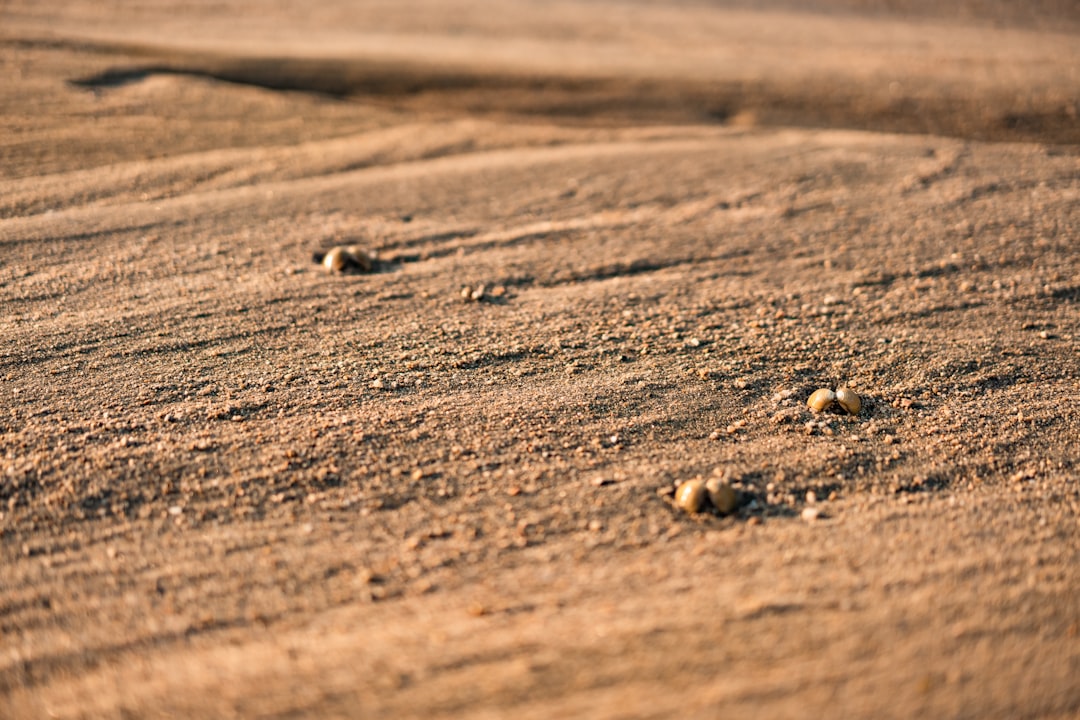Culinary sage, a beloved herb in the world of edible gardening, is a perennial that can grace your garden year after year with the right care. This aromatic herb not only adds a delightful flavor to a variety of dishes but also brings a touch of beauty to your outdoor space.
When it comes to growing culinary sage, the first step is choosing the right location. Sage thrives in full sun, so select a spot in your garden that receives at least six to eight hours of direct sunlight each day. The soil should be well - drained, as sage does not tolerate waterlogged conditions. A slightly alkaline to neutral soil pH is ideal for its growth. You can test your soil and amend it with lime if necessary to achieve the right pH level.
Planting sage can be done either from seeds or cuttings. If you choose to start from seeds, sow them indoors about six to eight weeks before the last frost date. Use a good quality seed - starting mix and keep the soil moist but not overly wet. Once the seedlings have developed a few sets of true leaves, they can be transplanted outdoors. When using cuttings, take 3 - 4 inch cuttings from a healthy sage plant in the spring or early summer. Remove the lower leaves and dip the cut end in rooting hormone. Plant the cuttings in a pot filled with a well - draining potting mix and keep them in a warm, bright location until they root.
Watering sage is crucial, but it's important not to overdo it. Sage is drought - tolerant once established, so water deeply but infrequently. Allow the soil to dry out between waterings. During the hot summer months, you may need to water more often, but always check the soil moisture before reaching for the watering can. Overwatering can lead to root rot and other diseases.
Fertilizing sage is relatively simple. A light application of a balanced, slow - release fertilizer in the spring can provide the necessary nutrients for the plant's growth. Avoid over - fertilizing, as this can result in excessive foliage growth at the expense of flavor. Organic fertilizers, such as compost or well - rotted manure, are also great options for sage.
Pruning is an important aspect of maintaining a healthy sage plant. In the early spring, before new growth begins, prune back any dead or damaged branches. You can also shape the plant at this time to encourage bushier growth. Throughout the growing season, pinch off the tips of the stems to promote branching and more abundant foliage. Regular pruning also helps to keep the plant from becoming woody and leggy.
Harvesting sage can be done once the plant is well - established. You can start harvesting small amounts of leaves as soon as the plant has enough foliage. For the best flavor, harvest sage in the morning after the dew has dried. Use sharp scissors or pruning shears to cut the leaves or stems. You can use fresh sage immediately in your cooking or dry it for later use. To dry sage, tie the stems together and hang them upside down in a cool, dry, and well - ventilated area. Once the leaves are dry, remove them from the stems and store them in an airtight container.
One of the great things about culinary sage is its ability to come back year after year. With proper care and maintenance, your sage plant can be a long - lasting addition to your edible garden. It can withstand cold winters in many regions, but in areas with extremely harsh winters, you may want to provide some protection, such as a layer of mulch around the base of the plant.
In addition to its culinary uses, sage also has some health benefits. It is rich in antioxidants and has anti - inflammatory properties. Some people also use sage for its potential cognitive - enhancing effects. So, not only is it a delicious addition to your meals, but it can also contribute to your overall well - being.
Overall, growing culinary sage is a rewarding experience. By following these tips on location, planting, watering, fertilizing, pruning, and harvesting, you can enjoy this wonderful herb in your garden for years to come. Whether you're a seasoned gardener or just starting out, sage is a great choice for an edible garden that will bring both flavor and beauty to your outdoor space.

